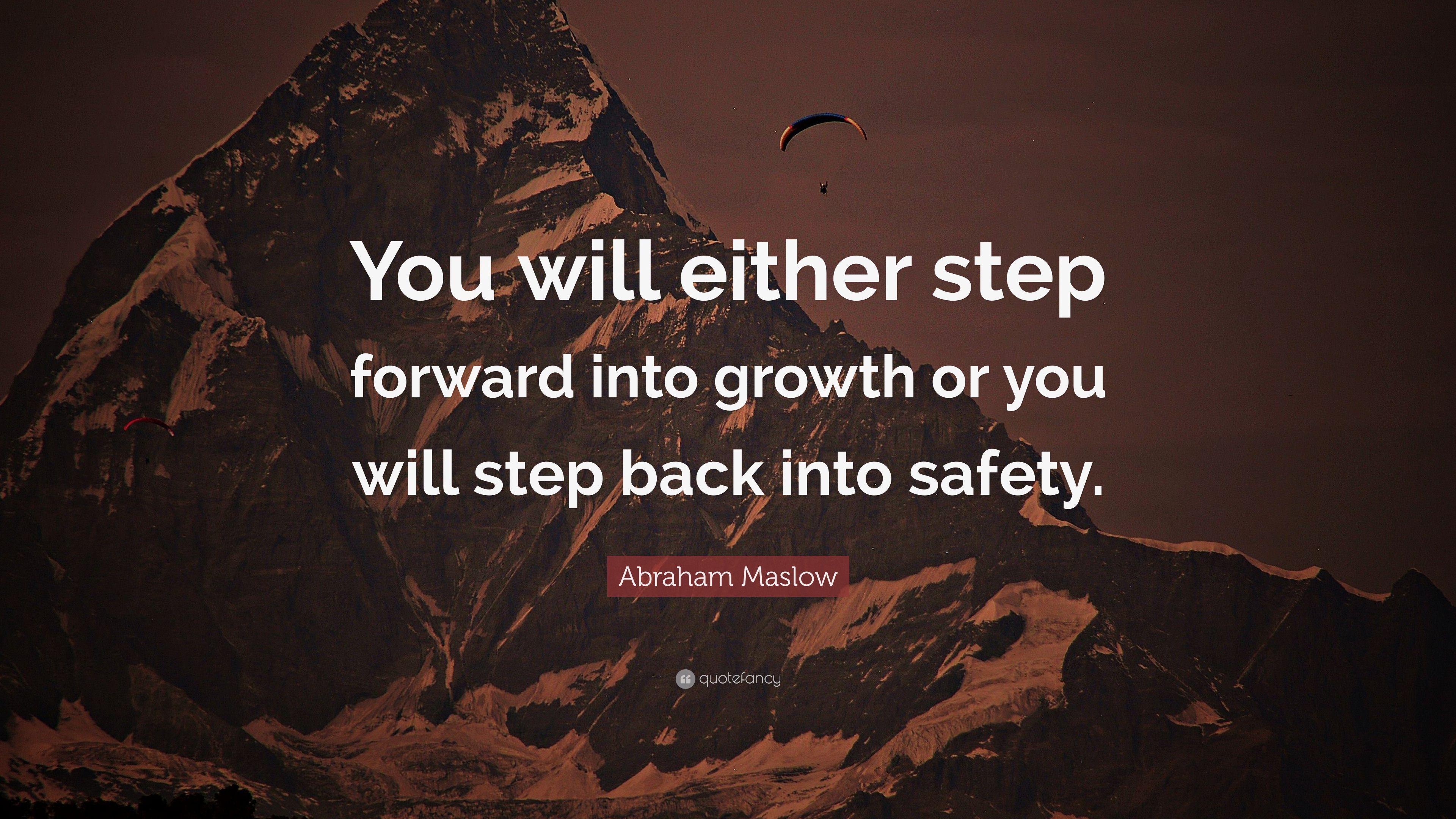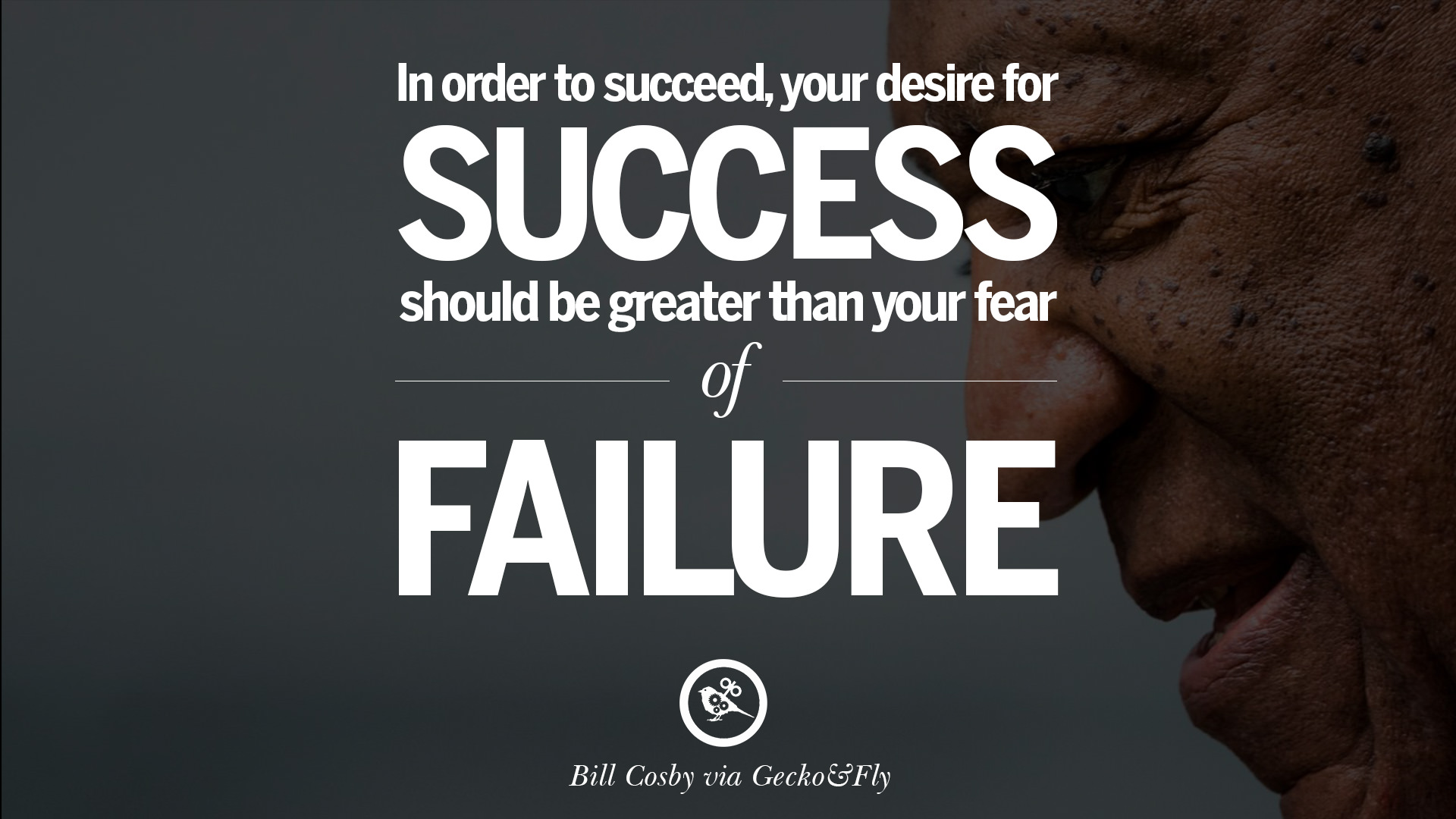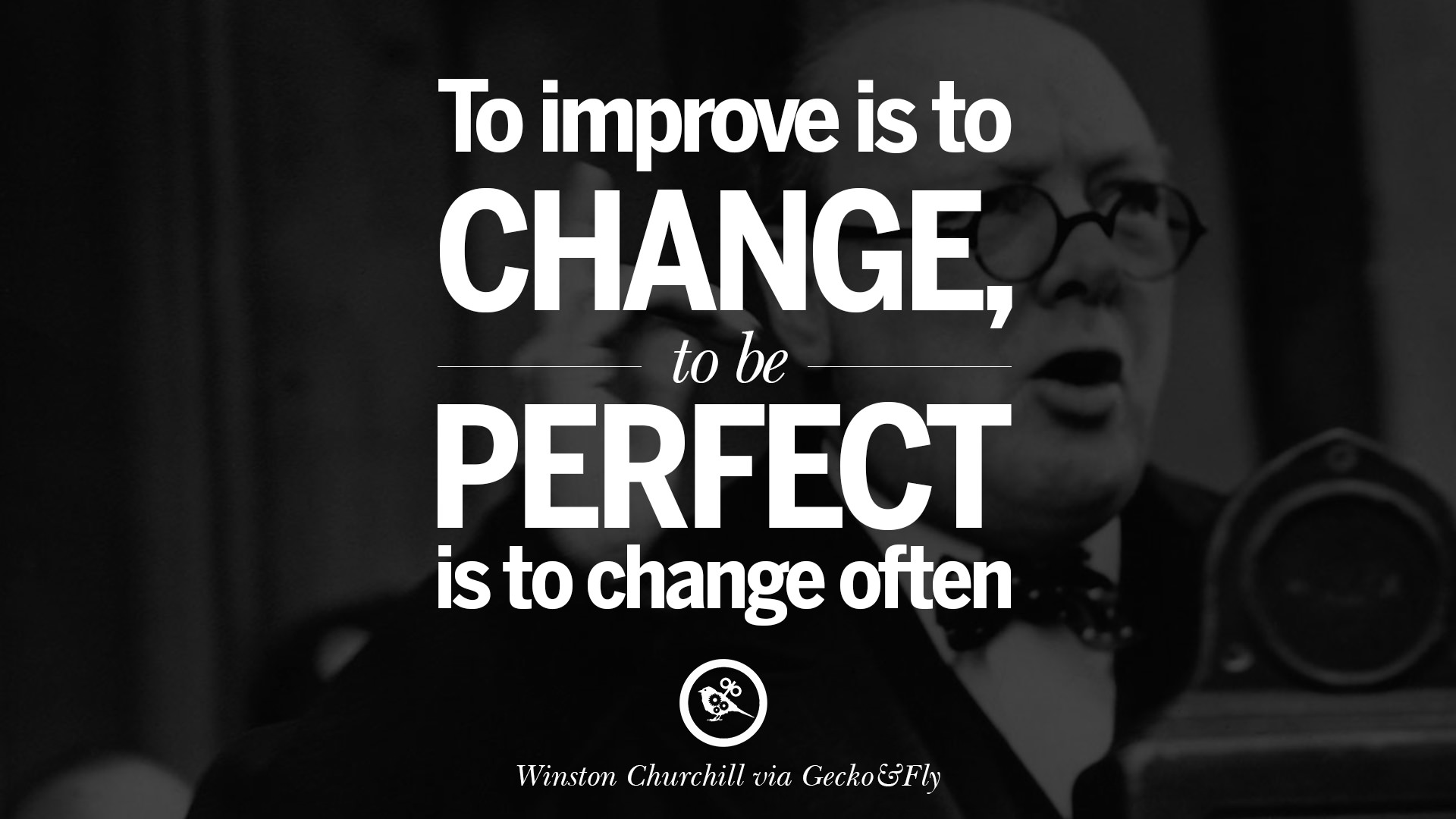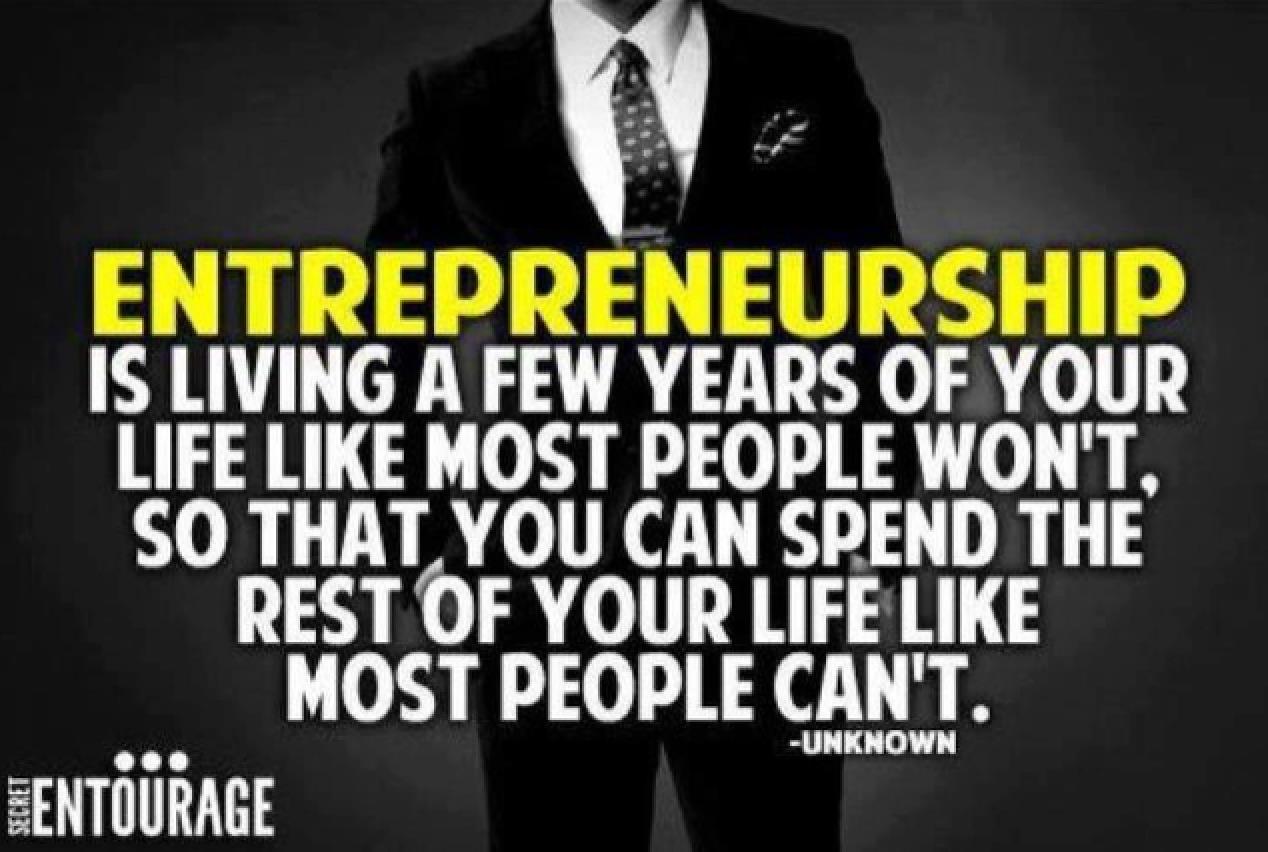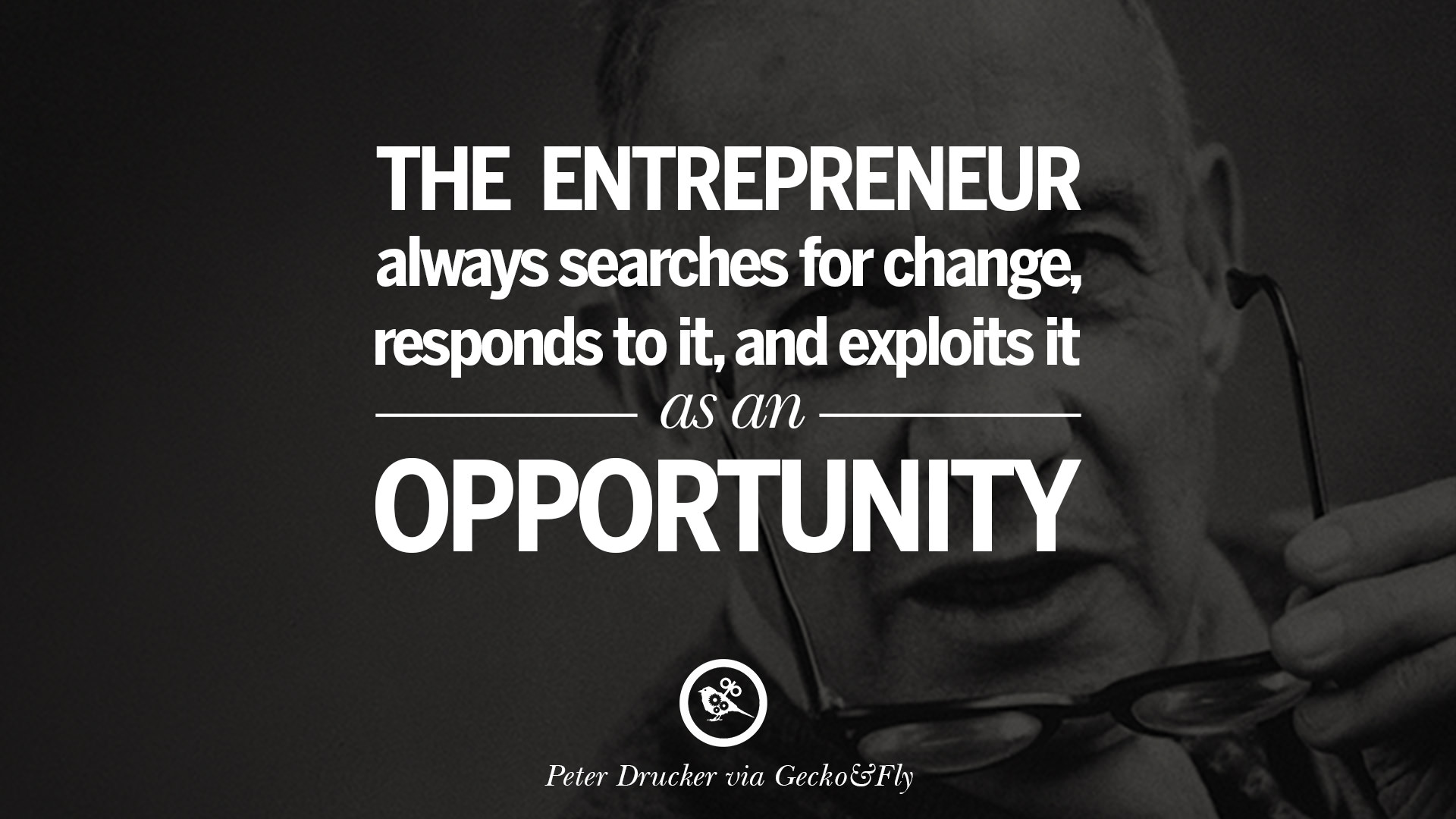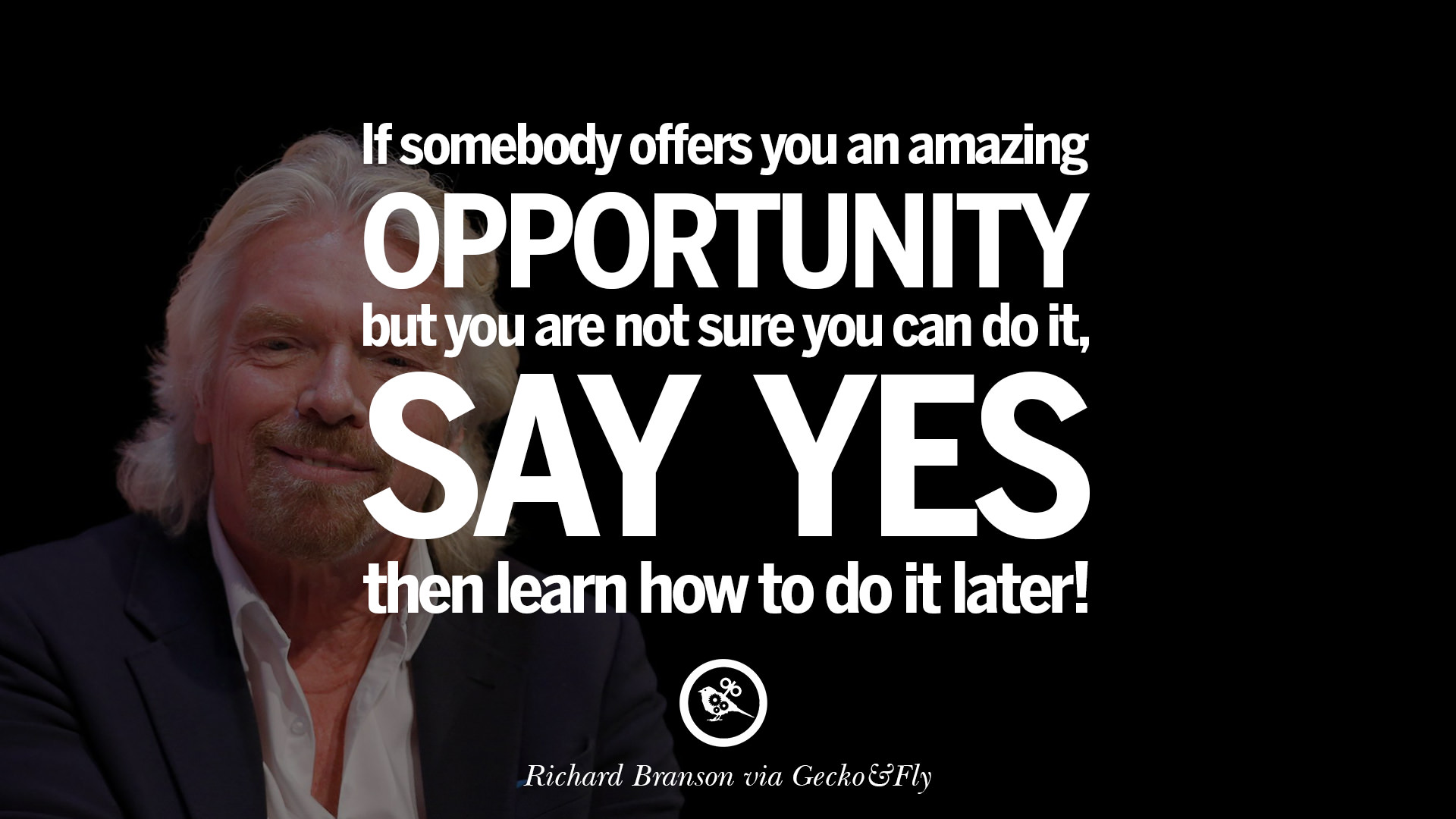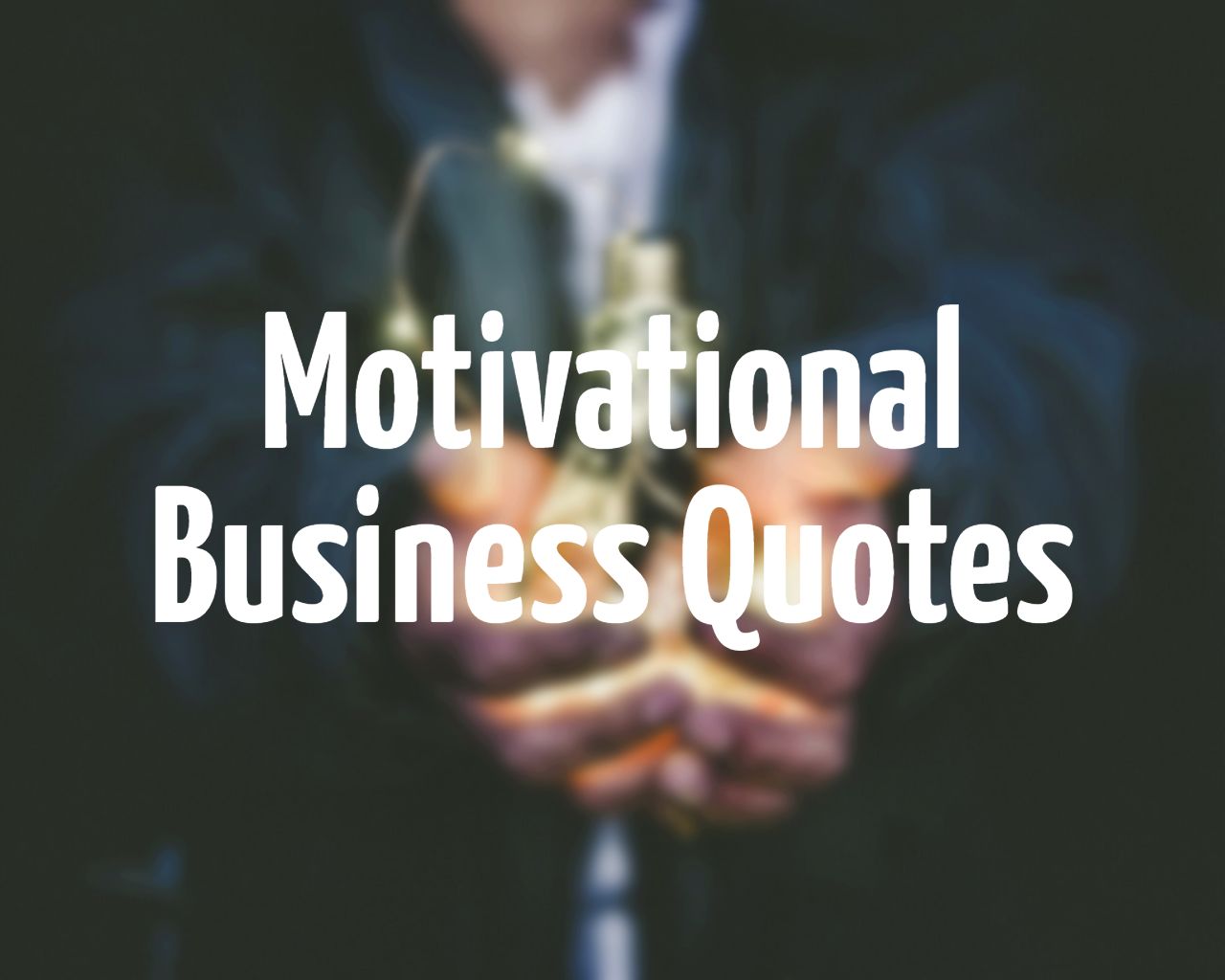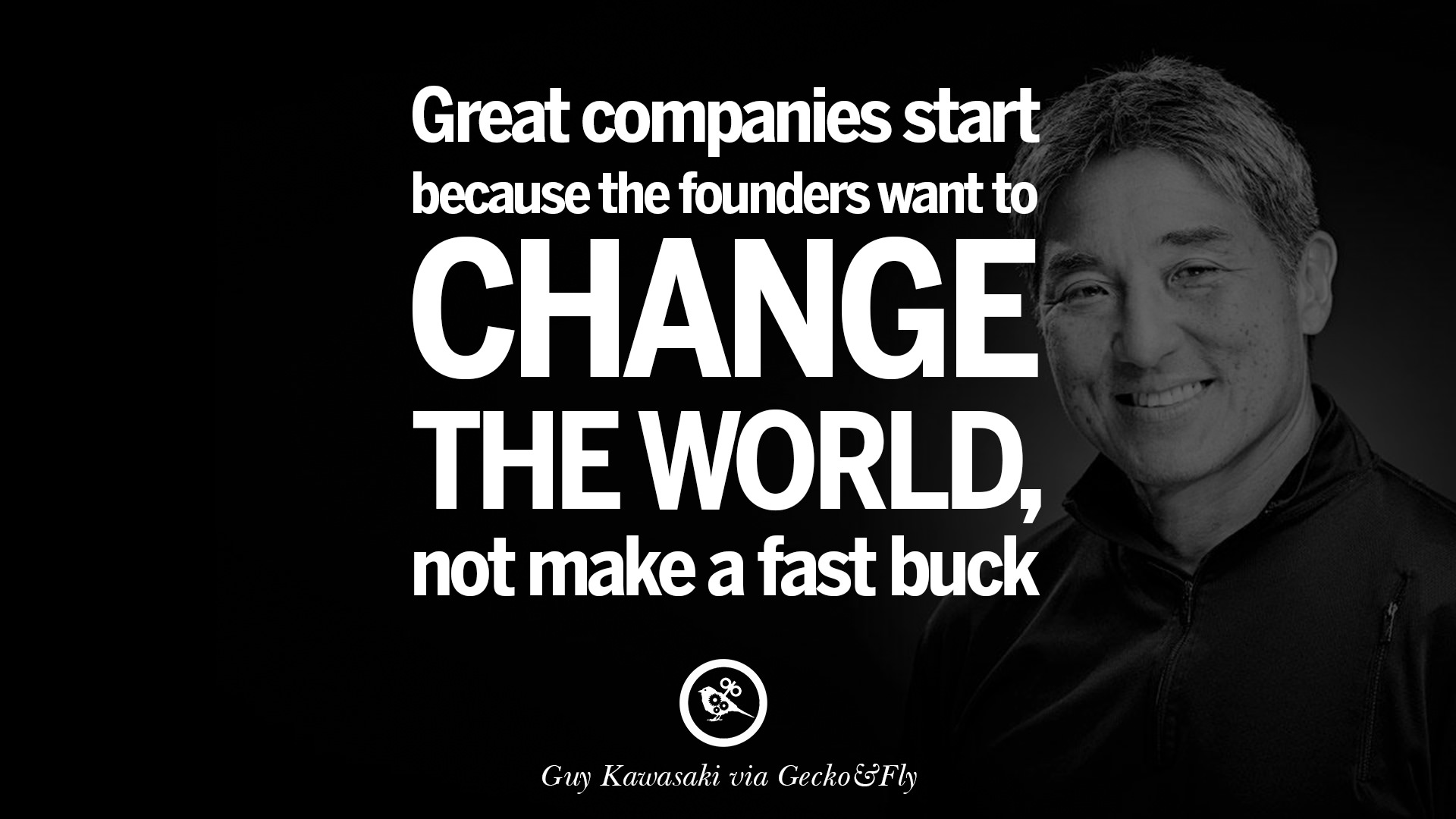Business Positive Motivational Quotes

In the fast-paced world of business, where challenges are abundant and setbacks are inevitable, the role of motivational quotes has gained significant traction as a tool for boosting morale, fostering resilience, and driving success.
But are these pithy sayings merely platitudes, or do they genuinely offer tangible benefits in the workplace? This article explores the rising popularity of business-positive motivational quotes and examines their potential impact on individuals and organizations.
The Rise of Positivity in the Workplace
Motivational quotes, easily accessible through social media, emails, and office displays, have become a ubiquitous feature of modern work environments. The premise is simple: inject positivity into the daily grind to inspire employees, improve teamwork, and ultimately enhance productivity.
The Society for Human Resource Management (SHRM) notes a growing emphasis on employee well-being and engagement, with companies increasingly investing in initiatives aimed at creating a more supportive and optimistic work culture.
This trend aligns with research suggesting that positive emotions can broaden an individual's attention span and creativity, leading to improved problem-solving and decision-making abilities.
Behind the Quotes: What Makes Them Effective?
The effectiveness of motivational quotes hinges on several factors. Firstly, authenticity is paramount; quotes that resonate with genuine experiences and values are more likely to be embraced.
Secondly, context matters. A quote about perseverance might be highly relevant during a challenging project, while a quote about teamwork could be useful during a collaborative effort.
Furthermore, the messenger plays a crucial role. A motivational quote shared by a respected leader or mentor can carry more weight than one displayed anonymously on a poster.
Criticism and Considerations
Despite their potential benefits, motivational quotes are not without their critics. Some argue that they can be superficial and fail to address the underlying issues that contribute to workplace stress or dissatisfaction.
Others caution against using quotes as a substitute for genuine support and empathy. A hollow platitude can be particularly damaging if delivered to someone facing a serious personal or professional challenge.
Dr. Anya Sharma, an organizational psychologist, warns against "toxic positivity," where negative emotions are suppressed or dismissed in favor of forced optimism. "It's important to acknowledge and validate people's feelings, even when they're difficult," she says.
Finding the Right Balance
The key to effectively leveraging motivational quotes lies in finding the right balance. They should be used as a supplement to, not a replacement for, meaningful communication, supportive leadership, and a positive work environment.
Organizations should also encourage critical thinking and open dialogue, allowing employees to question the messages conveyed by motivational quotes and explore their own interpretations.
Consider John Maxwell, leadership expert, "People buy into the leader before they buy into the vision." A leader's actions are more motivational than words alone.
Impact and Future Trends
While it's challenging to quantify the direct impact of motivational quotes on business outcomes, anecdotal evidence suggests that they can play a valuable role in shaping employee attitudes and behaviors.
Looking ahead, the use of motivational quotes is likely to become more personalized and data-driven. Artificial intelligence and machine learning could be used to tailor quotes to individual employees based on their personality traits, work styles, and current challenges.
Ultimately, the success of motivational quotes depends on their ability to inspire genuine positive change, foster a sense of community, and contribute to a more fulfilling and productive work experience.
Businesses must carefully curate and contextualize them, ensuring they complement a culture of empathy, support, and open communication, for lasting positive effects.

